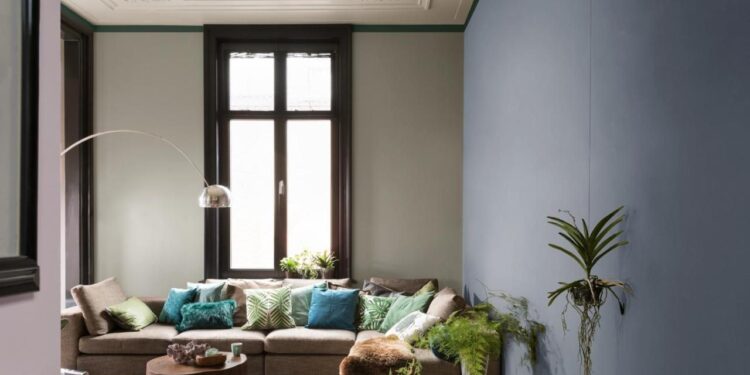In recent years, a new philosophy has taken hold in home design: slow decorating. Instead of rushing to fill every room with the latest styles, slow decorating advocates patience, sustainability, and personal curation. As an AP News lifestyle report notes, slow decorating is a “movement toward buying more mindfully, sustainably, ‘slowly’” – a deliberate reaction against rooms filled with mass-produced “fast furniture”. In practice, slow decorating means creating a home that evolves over time with meaningful pieces, rather than chasing transient trends. Design experts explain that it’s a mindset shift: you build a beautiful space one intentional choice at a time.
Where fast trends promise an instant makeover, slow decorating is akin to slow fashion for the home – quality over quantity, story over impulse. Jenni Kayne, a Los Angeles–based designer, sums it up: “There are so many benefits to taking your time when decorating your home. Living in a space really shows you what you are missing and how you want to live in it,” she says. By embracing this slower pace, homeowners avoid hasty buys that they might later regret; instead they invest in classic, well-made pieces that will be cherished for years.
What Is Slow Decorating?
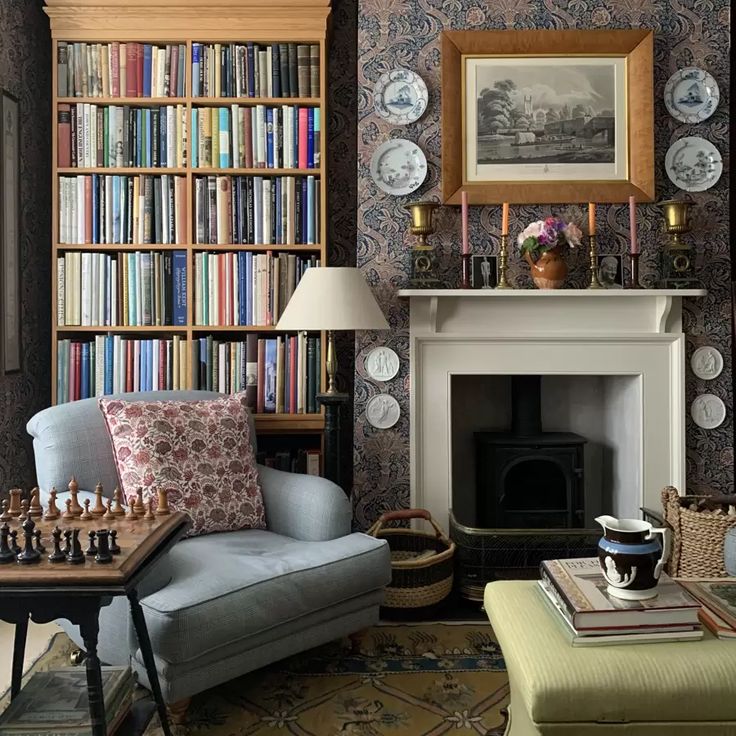
Slow decorating is best understood as a mindful, intentional approach to furnishing and styling a home. It echoes the broader “slow living” philosophy – a response to busy, hectic lifestyles – by encouraging people to savor the decorating process and choose thoughtfully. As Gabriela Eisenhart, founder of Silo Studios, explains, slow decorating “is rooted in mindfulness and intentionality,” emphasizing curation and sustainable methods instead of the “fast fashion” of interior design. In practical terms, that means taking your time to get to know your space and determine your true style, rather than buying everything at once. Amy Baratta, a New York designer, puts it simply: slow decorating “is the process of taking your time to curate the perfect space for yourself,” not rushing to complete your home immediately.
This approach recognizes that our tastes and lifestyles evolve. Rather than viewing your decor as a finished project, slow decorating treats it like an ongoing story. As Sasha Bikoff notes, “Design is never done. As people, we evolve, and so do our interior spaces. They’re a constant reflection of our lives”. In a slow-decorated home, each piece has its place in a meaningful collection – a blend of new items and older, storied finds – rather than a showroom-driven look. Slow decorating even draws on the idea of Japanese ikigai (meaning and purpose), as designer Gideon Mendelson observes: good design “makes room for living and doing. Decorating with meaningful pieces isn’t about chasing an aesthetic, but curating spaces that resonate with how you live”.
In short, slow decorating means choosing depth over speed. It’s not about how quickly you can outfit your home, but how well each piece fits into a long-term vision for your space.
Slow Decorating vs. Fast Trends
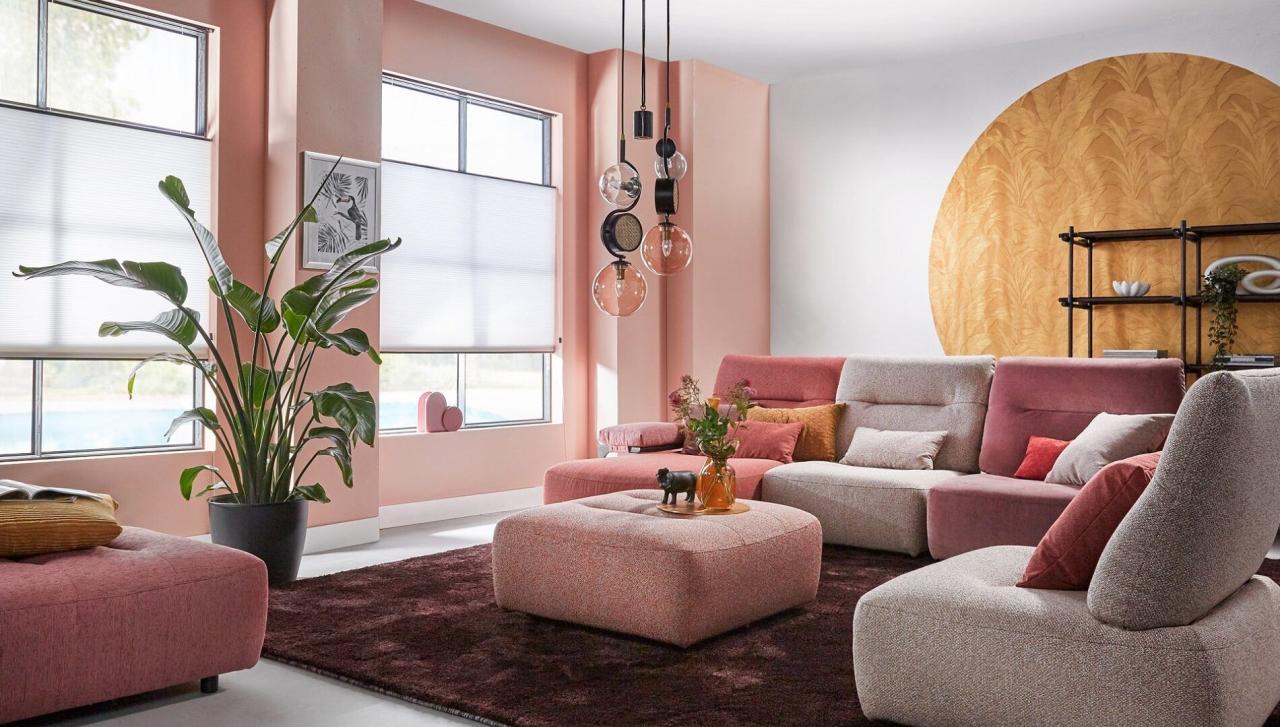
Slow decorating stands in contrast to “fast” interior trends that flood social media and retail showrooms. Fast furniture and decor – often mass-produced, low-cost items – promise an instant finish but typically lack durability or personal meaning. Industry observers note that this model is losing favor: a Business Insider report finds that “fast furniture isn’t holding up,” and consumers are increasingly choosing durable, long-lasting pieces even if they cost more up front. In essence, slow decorating pushes back against consumer pressure for a quick fix. Rather than redecorating from one season to the next, slow decorators accept that a home should grow and change organically.
Where fast trends tempt us to fill every space immediately, slow decorating encourages living with placeholders. You might use an old rug or an heirloom chair in a new room until the right long-term piece comes along. As one designer notes, “a lot of people need a sofa and a dining table right away… that’s okay. You can save the rest to find secondhand or shop for other rooms in your home”. By delaying gratification, homeowners avoid impulse buys that may quickly look dated. Removing the artificial time pressure to finish instantly also means less stress and more thoughtful spending.
Why Slow Decorating Is Gaining Popularity
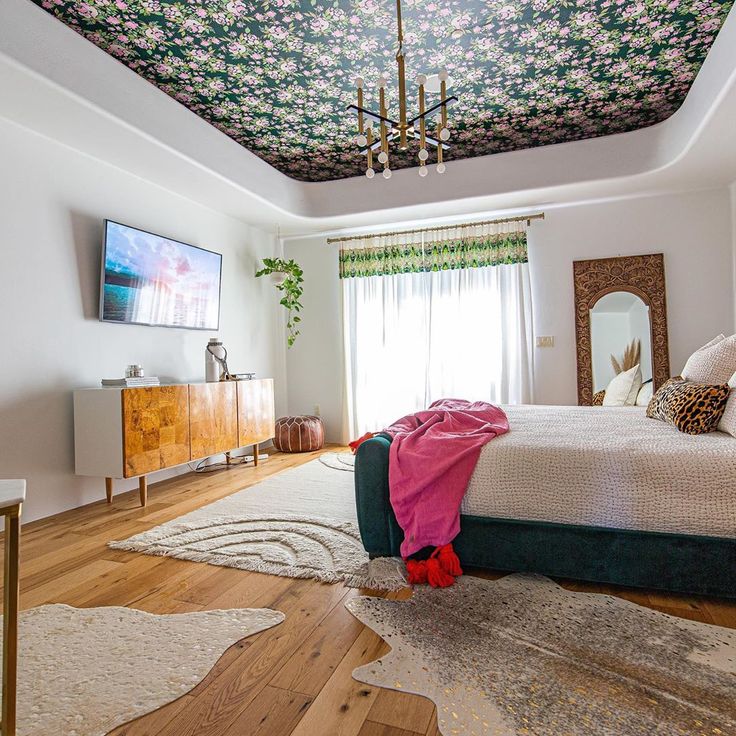
Several factors have fueled the rise of slow decorating in recent years. The COVID-19 pandemic played a key role: stuck at home, many people felt an urge to rework their interiors, but quickly realized that rushing often led to disappointment. As designer Viki Chupik observes, “I believe the ‘slow decorating’ trend was born from the frenzy around the need to change our environments during the pandemic… for a home to feel soulful and collected and layered, it must contain a blend of both new and storied pieces”. In other words, the pandemic made us rethink our consumption habits and value comfort and meaning over novelty.
Generational shifts also play a part. Younger homeowners, especially millennials, are more likely to prioritize sustainability. One survey found that 43% of millennials prefer eco-friendly or sustainable design for their homes. This generation is attuned to issues like climate change, and research shows that a large majority of consumers (85%) now feel climate disruption in their daily lives and will even pay a premium for sustainable products. In fact, PwC reports that consumers worldwide are willing to spend, on average, nearly 10% more on goods produced with sustainability in mind. Slow decorating aligns perfectly with this mindset: it rejects disposable trends and instead embraces quality, eco-conscious materials, and mindful consumption.
Media and social platforms have also highlighted the appeal of this approach. Design publications like House Beautiful and Better Homes & Gardens have featured slow decorating as an “authentic” and emerging trend. Influencers and artists have promoted concepts like “mixing old and new” or “joie de collection,” which emphasize personal storytelling in design. Altogether, these cultural shifts have helped slow decorating move from a niche philosophy to a mainstream home design trend.
Core Principles of Slow Decorating
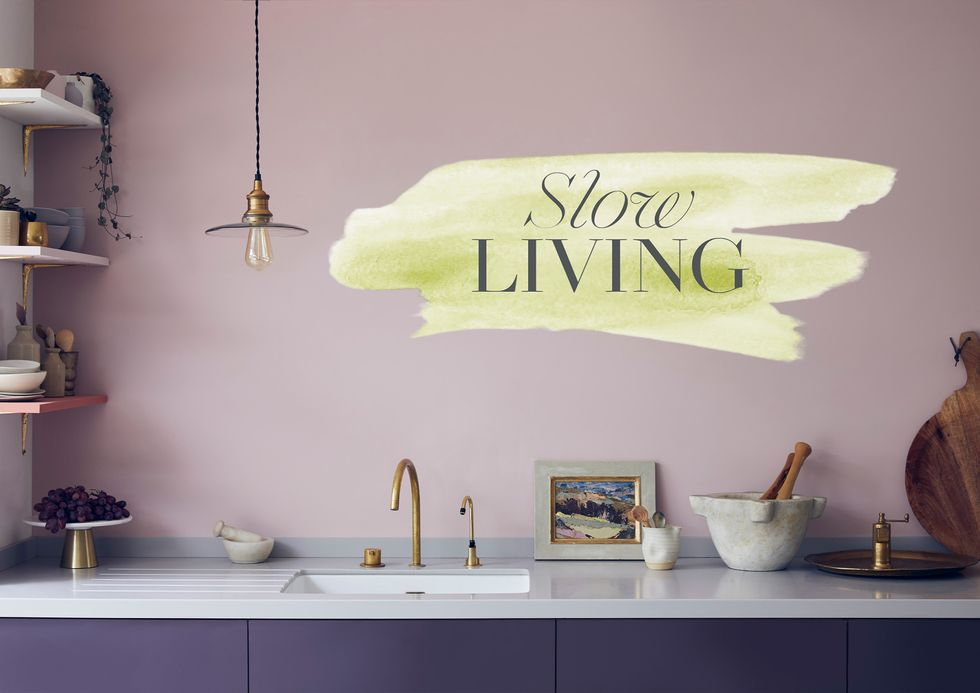
At its heart, slow decorating follows several guiding principles. The main idea is to approach your home as a curated, evolving collection, not a showroom to be completed overnight. Key principles include:
-
A. Authenticity and Story: Choose pieces with personal meaning or history, rather than purely for decoration. Every item – a hand-me-down chair, an inherited vase, or a souvenir from travels – becomes part of your home’s story
-
B. Blend of New and Old: Mix contemporary finds with vintage or antique items to create a layered, collected look. For example, a modern sofa might be paired with a family heirloom side table, resulting in a richer aesthetic. This blending not only adds character but also extends the life of older furnishings by bringing them into new spaces.
-
C. Conscious Materials and Quality: Prioritize well-made, sustainable products over cheap, disposable ones. Slow decorating is “quality over quantity” – buying fewer items of higher craftsmanship and durable materials. Many decorators source reclaimed wood, organic textiles, or eco-friendly finishes, and they update or refurbish what they own instead of tossing it.
-
D. Deliberate Curation: Take the time to find the right piece instead of settling for what’s convenient. The process of hunting for that special object can be rewarding. As designer Lauren Sullivan says, there is “something gratifying about searching for that one special object and knowing you’re going to love it just as many years from now as you did the day you found it”. Slow decorators often grow their collection piece by piece, letting each new purchase feel intentional.
-
E. Evolution Over Perfection: Accept that your home will never feel “done” once and for all. As Sasha Bikoff puts it, your interiors “are a constant reflection of our lives”. Slow decorating means letting your rooms evolve – you might start with one wall at a time, or revisit ideas in a year or two. This openness keeps the process enjoyable and pressure-free.
By following these principles, homeowners create spaces that are cohesive yet flexible, beautiful yet personal. As art consultant Emily Santangelo notes, slow decorating “allows for a more straightforward dialogue” – it’s purposeful and intentional, guiding each choice
Benefits of Slow Decorating

The slow decorating approach offers numerous environmental, emotional, and financial benefits that resonate with today’s conscientious consumers.
Environmental Benefits: Because slow decorating emphasizes durability and sustainability, it is naturally eco-friendly. Buying high-quality furniture and accessories means items last longer, so less material ends up in landfills. It also often involves reusing, repairing, and repurposing what you already have. Better Homes & Gardens notes that slow decorating “encourages finding antiques, buying used but quality items, and updating older pieces for continued use,” all of which reduce waste. In this way, a slow-decorated home shrinks its carbon footprint. Consumers are taking notice: the global market for sustainable home décor is expanding rapidly. Industry research predicts the market will more than double – from about $4.5 billion in 2024 to $9.4 billion by 2034 – reflecting the growing demand for eco-friendly design. In short, slow decorating aligns with a greener lifestyle, as it often includes natural or recycled materials and avoids the “buy and toss” cycle of fast trends.
Emotional and Psychological Benefits: Decorating at a relaxed pace can reduce stress and increase satisfaction. One expert points out that removing rigid deadlines to finish decorating “reduces unnecessary self-imposed stress”. Homeowners can enjoy living in a space as it evolves, rather than feeling frustrated by an unfinished look. Mindfully choosing each element also enhances emotional well-being – rooms feel more “soulful” and personal when they reflect your journey. As Gideon Mendelson suggests, designing this way promotes well-being by creating spaces with meaning. It’s common to develop a sense of pride and attachment to a thoughtfully assembled home. Moreover, patience pays off: avoiding impulsive purchases spares buyers from regret. If a purchase still sparks joy years later, it’s likely a wise choice. Slow decorating encourages saying “yes” only to what genuinely sparks joy or serves you, echoing Marie Kondo’s famous advice. Overall, taking time to curate a home cultivates mindfulness and contentment, turning decorating from a chore into a rewarding creative process.
Financial Impact: While it might seem costly to wait and invest in high-end pieces, slow decorating can actually save money over time. By focusing on quality over quantity, homeowners avoid the cycle of buying cheap items that need frequent replacement. A Better Homes & Gardens writer notes that slow decorating “builds up cash flow between purchases,” allowing a budget to recover so you can afford better pieces. In the long run, investing in durable furnishings means fewer purchases overall. Industry data supports this shift: consumers increasingly favor custom or artisanal furniture, willing to pay more upfront. The Business Insider report quoted in design statistics shows people are now choosing lasting, well-made items over “ready-to-assemble” throwaway pieces. Indeed, many are choosing sustainability even at extra cost – a PwC survey finds consumers will pay roughly 9.7% more for products that are sustainably sourced. Translating this to home decor, slow decorating may involve a higher initial outlay, but it spares money spent on trendy decor that quickly dates. It also opens opportunities to save: sourcing secondhand pieces or salvaging old ones can be budget-friendly ways to refresh a room. In sum, thoughtful buying maximizes each dollar, and financial resources go towards items that truly matter.
Applying Slow Decorating in Your Home
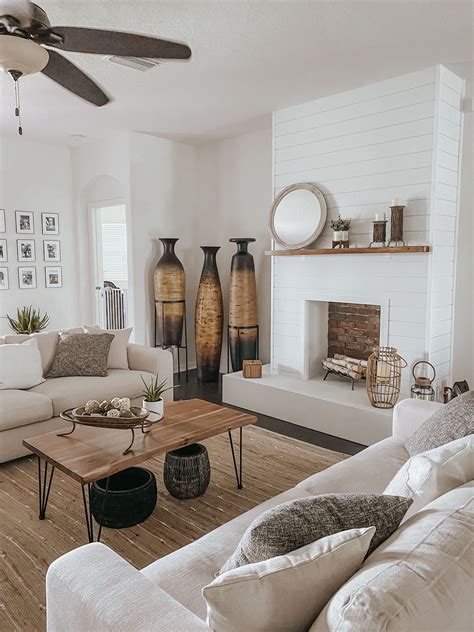
Ready to apply slow decorating in practice? Start by shifting your mindset and following a few practical steps to let your home evolve organically. Instead of diving into a complete overhaul, tackle one area at a time and make intentional choices. Here are some guidelines for putting slow decorating into action:
-
A. Accept that your home will evolve. Understand that decorating is never “finished.” You will add, move, or update pieces over months or years. As a designer notes, redesigning a space is like fashion – you rarely feel completely done. Embrace this; view your home as a living project.
-
B. Begin with what you already own. Before buying new, see how existing furniture or decor can fill the space temporarily. For example, use a well-loved rug or artwork from another room until a better option is found. This reduces pressure to “perfect” a room immediately. Jenni Kayne advises using a piece you have even if it doesn’t match, giving you more time to find the ideal replacement later.
-
C. Collect mindfully, one piece at a time. Resist the urge to purchase an entire roomful of items in one go. Instead, buy or add one special piece, live with it for a while, and then reconsider your needs. Lauren Sullivan finds that the hunt for that “one special object” is part of the pleasure in decorating. This way each addition is meaningful and you won’t end up cluttering the space with unnecessary objects.
-
D. Delay and decide. Give yourself a period (weeks or months) before making major purchases. Live in the updated room layout and notice what it really needs. By waiting, you often discover that some items you thought were must-haves aren’t needed, or you have new ideas for what will truly fit your style. Patience pays off: Kayne spent almost a year choosing a coffee table for her remodeled living room, and the final design she created “isn’t something I ever would have chosen had I not been patient”.
-
E. Explore secondhand and local finds. Slow decorating encourages finding treasures in vintage shops, flea markets, estate sales, or craft fairs. These venues often yield unique, high-quality items at lower cost, aligning with sustainability goals. A vintage dresser, a handwoven rug, or repurposed wood tables all add character. As AP News notes, slow decorating might mean “giving new life to heirloom or found pieces”, which is good for your wallet and the planet.
-
F. Focus on durability and purpose. When you do buy new, choose pieces built to last. Read materials labels and reviews, and consider timeless styles rather than fleeting fads. Think about how each item will function in your life. Will that dresser still look good in ten years? Will the fabric wear well with pets or kids? Ensuring that purchases “have the quality to last” makes them worthwhile investments. Moreover, give each room a clear purpose – for instance, set the mood first (paint or wallpaper) and then select furniture, as designer Rebecca Atwood recommends.
By following these steps – living in your space, using what you have, and shopping deliberately – you can slowly craft a home that feels authentic and timeless. Remember Emily Santangelo’s advice: define your intention (e.g. “I will enjoy my home and its contents for years to come”) and let that guide every choice.
Market Trends
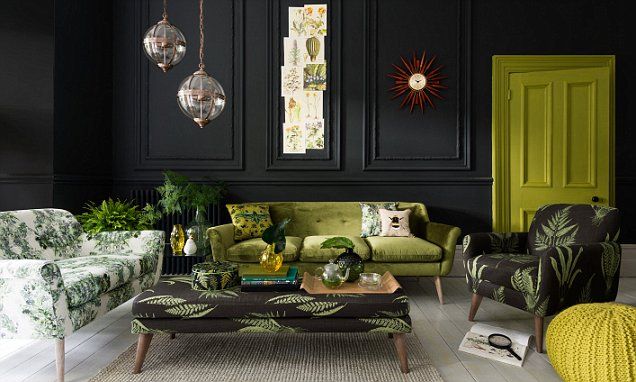
The interest in slow, sustainable decorating is reflected in broader home design trends and market data. The global home decor market is already massive – about $696 billion in 2023 and projected to keep growing. Within that, sustainability is a key driver of future growth. As Artsy reports, interior design surveys for 2025 show a “broader shift toward supporting artisans and embracing slow design principles”. Makers and hand-crafted furnishings are in demand, reflecting consumers’ desire for story-rich, long-lasting pieces. Likewise, designers note a surge in interest in natural, renewable materials (cork, mycelium textiles, reclaimed wood) as well as products with a low environmental footprint. In fact, even large retailers are adapting: AP News documents how brands like IKEA, West Elm, and Joybird have introduced take-back programs, Fair Trade sourcing, and product longevity initiatives in recent years.
For individual shoppers, that means more sustainable choices are now available in the mainstream. Whether through handcrafted local goods or eco-conscious lines at big-box stores, consumers can participate in slow decorating while supporting ethical practices. In summary, the slow decorating trend is both a cultural and economic wave – one that aligns with escalating consumer values around sustainability, quality, and authenticity.
Conclusion
Slow decorating is more than just a fad – it’s a paradigm shift in how we think about our homes. By focusing on meaningful choices, environmental responsibility, and personal expression, this approach creates interiors that are beautiful, satisfying, and sustainable. Designers and homeowners alike find that the slow path yields richer, longer-lasting results. As interior designer Joanne Dror puts it, a well-curated home “tells a story” and evolves with us. So take a deep breath, skip the rush to finish, and start building your space piece by piece. In the end, a home decorated the slow way will feel just right.

